Table of content
Introduction
Zongzi, a beloved traditional Chinese dish, has captured the hearts and palates of food enthusiasts worldwide with its unique blend of sticky rice, savory or sweet fillings, and aromatic bamboo leaves. These pyramid-shaped dumplings, often enjoyed during the Dragon Boat Festival, are now available in frozen form, allowing households to savor this culinary treasure year-round. However, a common dilemma arises: how long should frozen zongzi be steamed to achieve the ideal texture and flavor? This article delves into the science, techniques, and cultural nuances of steaming frozen zongzi, ensuring every bite is a harmonious blend of tradition and perfection.
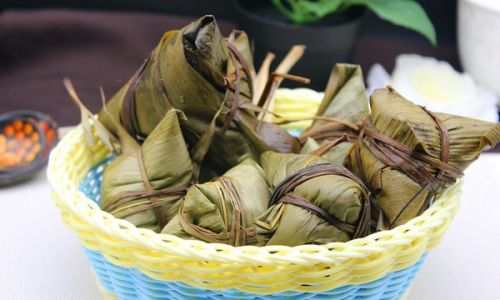
Understanding Zongzi: A Cultural and Culinary Icon
Zongzi’s origins trace back over 2,000 years to ancient China, where it was prepared to honor the poet and statesman Qu Yuan. Today, it symbolizes unity, heritage, and the art of balancing flavors. Each zongzi is meticulously wrapped in bamboo or reed leaves, which impart a subtle earthy fragrance while protecting the ingredients during cooking. The filling varies widely—from sweet red bean paste and jujube to savory pork belly, mushrooms, and salted egg yolk. This diversity makes zongzi a versatile dish, appealing to both traditionalists and adventurous eaters.
Why Freeze Zongzi? Convenience Meets Tradition
Freezing zongzi is a modern solution to preserve its freshness without compromising taste. Properly frozen zongzi can last up to six months, making it a convenient meal prep option or a thoughtful gift for international food lovers. However, the freezing process alters the texture of the glutinous rice and fillings, necessitating precise cooking methods to restore its original chewiness and flavor.
The Science of Steaming: How Heat Transforms Frozen Zongzi
Steaming is the preferred method for reheating frozen zongzi due to its gentle, even heat distribution. Unlike boiling, which can waterlog the rice and dilute flavors, steaming maintains the dumpling’s integrity while thawing and cooking it simultaneously. The key lies in understanding heat transfer:
- Thawing Phase: Frozen zongzi must absorb enough heat to transition from a solid to a semi-solid state.
- Cooking Phase: The rice and fillings reach the ideal temperature (around 165°F/74°C) to activate starches and meld flavors.
- Resting Phase: Allowing the zongzi to sit post-steaming redistributes moisture, preventing dryness.
Factors Influencing Steaming Time
The duration required to steam frozen zongzi depends on several variables:
- Size and Thickness: Larger zongzi (over 150 grams) may need 5–7 minutes more than smaller varieties.
- Filling Density: Meat-filled zongzi require longer cooking to ensure the protein reaches a safe temperature.
- Freezer Storage Time: Zongzi frozen for over three months may need marginally longer steaming.
- Steaming Equipment: Electric steamers with consistent heat may cook faster than stovetop models.
Step-by-Step Guide to Steaming Frozen Zongzi
Equipment Checklist
- Steamer basket or bamboo steamer
- Large pot or wok with a tight-fitting lid
- Cold water (for steaming)
- Tongs or heat-resistant gloves
- Plate lined with parchment paper (optional, to prevent sticking)
Instructions
-
Preparation:
- Remove zongzi from its plastic packaging. Do not thaw unless specified by the manufacturer (thawing can reduce steaming time by 5–10 minutes).
- Place zongzi in the steamer basket, leaving 1–2 inches between each to ensure even airflow.
-
Steaming Process:
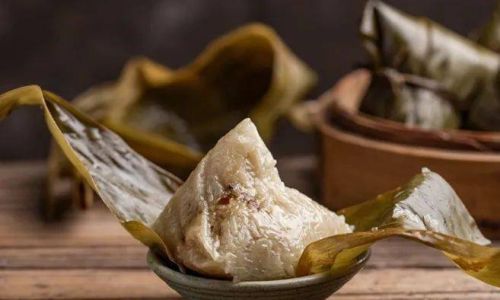
- Fill the pot with 2–3 inches of water, ensuring the water level does not touch the steamer basket.
- Bring water to a rolling boil over high heat.
- Reduce heat to medium-low, place the steamer basket inside, and cover with the lid.
- Steam for 20–30 minutes for frozen zongzi (15–20 minutes if thawed).
-
Checking Doneness:
- Gently press the center of a zongzi—it should feel soft but not mushy.
- Unwrap one corner of the leaf; the rice should be glossy, translucent, and free of ice crystals.
-
Resting Period:
Turn off the heat and let zongzi sit covered for 5 minutes. This allows residual heat to complete the cooking process.
Troubleshooting Common Issues
- Undercooked Zongzi: If the rice is still firm or the filling is cold, steam for an additional 5–7 minutes.
- Overcooked Zongzi: To rescue mushy rice, wrap loosely in a clean leaf and steam briefly to absorb excess moisture.
- Uneven Cooking: Rotate zongzi halfway through steaming or use a perforated steamer insert for better air circulation.
Alternative Cooking Methods
While steaming is optimal, microwave and oven methods exist:
- Microwave: Wrap zongzi in a damp paper towel and heat on medium power for 3–5 minutes. Rest for 1 minute before serving.
- Oven: Preheat to 350°F (175°C), place zongzi in a covered dish with ¼ cup water, and bake for 25–30 minutes.
Regional Variations and Their Impact on Cooking Time
China’s diverse culinary landscape influences zongzi recipes:
- Southern China: Alkaline-treated rice gives zongzi a golden hue and chewier texture, requiring 2–3 extra minutes of steaming.
- Northern China: Sweet zongzi with jujube or red bean paste may cook slightly faster due to lower moisture content.
- Southeast Asian Adaptations: Some recipes incorporate coconut milk or pandan leaves, which can affect cooking time based on fat content.
Storing and Reheating Leftovers
Proper storage ensures zongzi retains its quality:
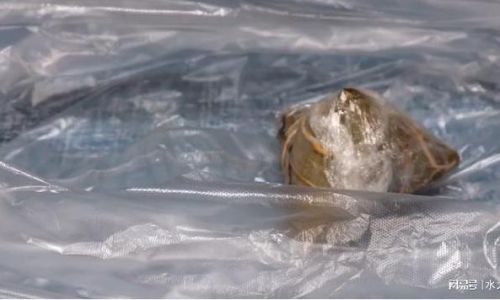
- Freezing: Wrap cooked zongzi tightly in plastic or foil, then place in a freezer bag. Consume within 3 months for optimal taste.
- Refrigeration: Cooked zongzi lasts 3–4 days in the fridge. Reheat via steaming for 8–10 minutes.
Health and Nutritional Considerations
While zongzi is a calorie-dense treat (approximately 200–350 calories per 100 grams), it offers nutritional benefits:
- Glutinous Rice: Rich in B vitamins and manganese.
- Fillings: Protein from meat or fiber from beans and nuts.
Moderation is key, especially for those with dietary restrictions.
The Cultural Ritual of Unwrapping Zongzi
Beyond its culinary appeal, zongzi embodies a communal experience. The act of unwrapping the bamboo leaves—a task often delegated to children or elders—symbolizes patience and togetherness. Pairing zongzi with ginger tea or chrysanthemum tea enhances digestion and complements its richness.
Conclusion: Mastering the Art of Steaming Frozen Zongzi
Steaming frozen zongzi to perfection is an exercise in precision and tradition. By accounting for size, filling, and equipment, you can transform a frozen parcel into a steaming, aromatic masterpiece. Whether enjoyed during a festival feast or as a nostalgic comfort meal, zongzi bridges generations and continents—one sticky, flavorful bite at a time.
Final Tip: Experiment with dipping sauces! Soy sauce, chili oil, or a drizzle of honey can elevate your zongzi experience, blending tradition with personal flair.
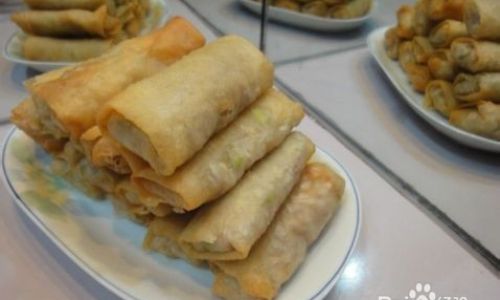
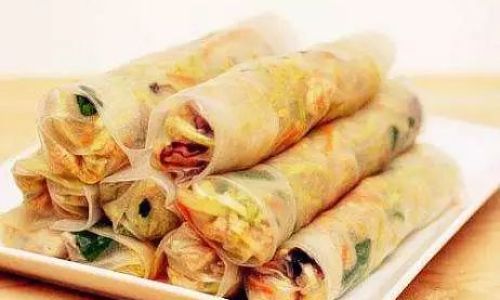

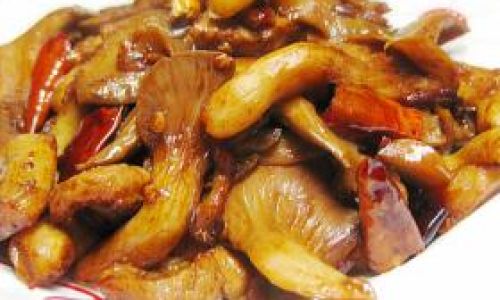
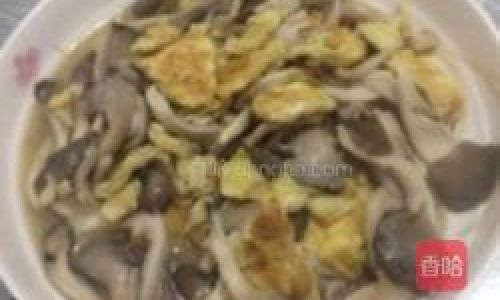
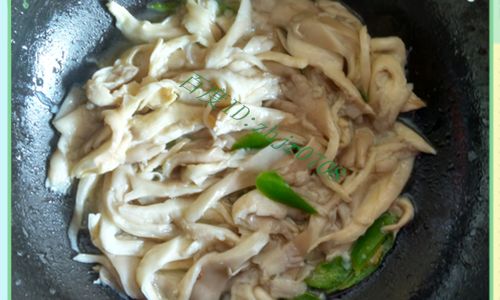
0 comments